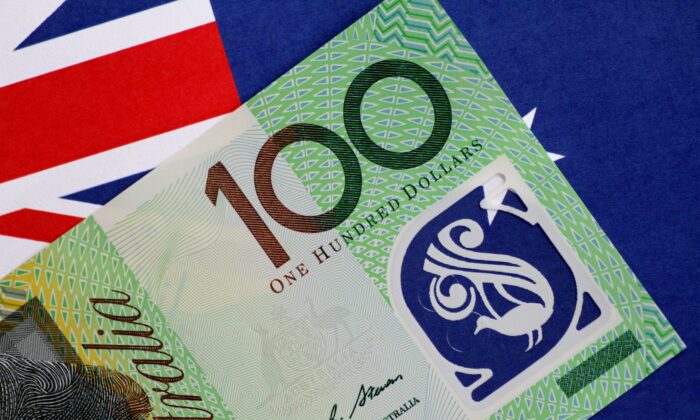Governments are hesitant to address bracket creep because it allows them to generate extra revenue without having to implement unpopular tax hikes. When the Goods and Services Tax (GST) was introduced in Australia in 2000, income tax made up 36 percent of the government’s total tax revenue. The GST was intended to provide additional revenue to the states and reduce the need for future income tax increases.
However, a study by the Parliamentary Budget Office (PBO) has shown that personal income tax is projected to reach 46 percent of total Australian tax revenue in 2034 due to bracket creep. This phenomenon occurs when wage increases push individuals into higher tax brackets, resulting in higher tax payments.
The PBO estimates that Australian workers will lose around half a trillion dollars over the next decade due to bracket creep. By adjusting tax thresholds, the government could prevent average tax rates from reaching record levels.
If the government chooses not to rely on the revenue generated from bracket creep, the average personal income tax rate would remain at 24.9 percent instead of increasing to 28.5 percent. However, this could jeopardize the government’s fiscal balance and delay the Budget from returning to surplus as projected.
The PBO warns that without adjustments to the income tax system or reductions in spending, future increases in public spending will be funded through bracket creep, further increasing the share of personal income tax. Changing the tax mix by just 5 percent would require policies worth approximately $40 billion per year.
Treasurer Jim Chalmers defends the government’s stance, highlighting the recent tax cuts that aimed to address bracket creep. However, he suggests that major income tax cut policies are unlikely in the near future.
Overall, the government’s reliance on bracket creep to boost revenue underscores the challenges in balancing the budget and addressing tax policy in Australia. Can you please rephrase that?
Source link





